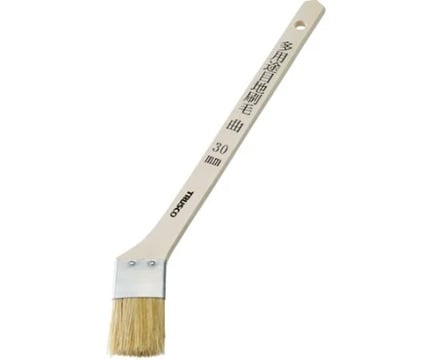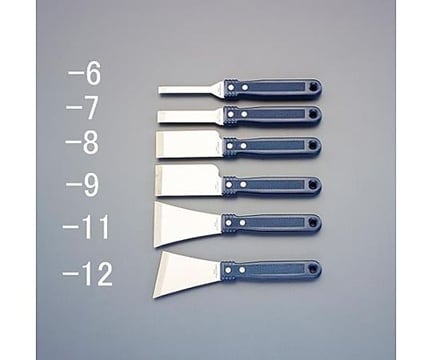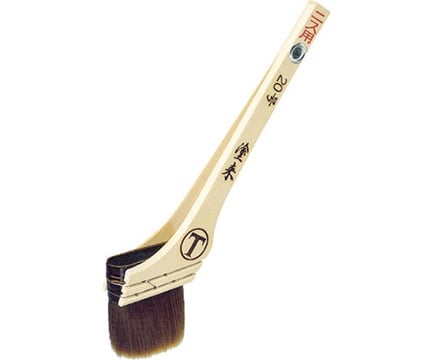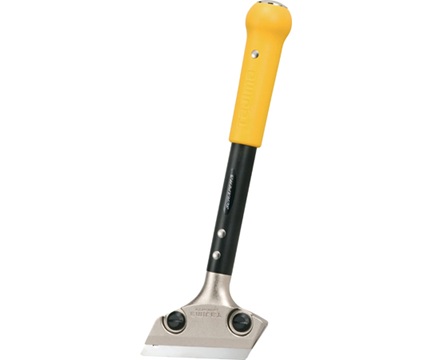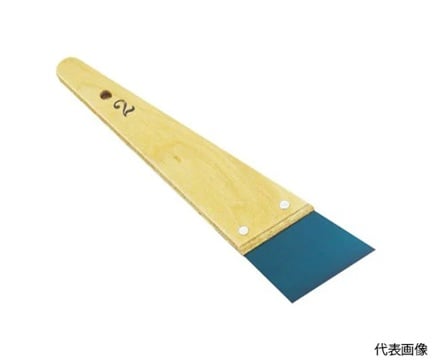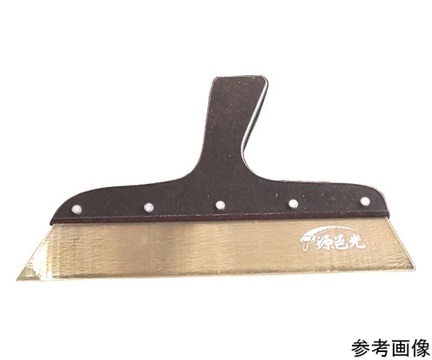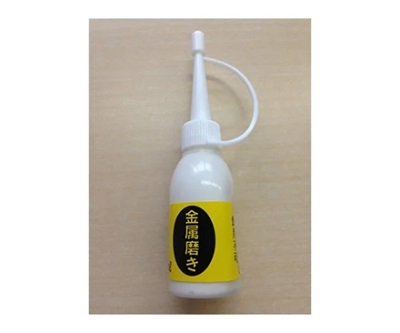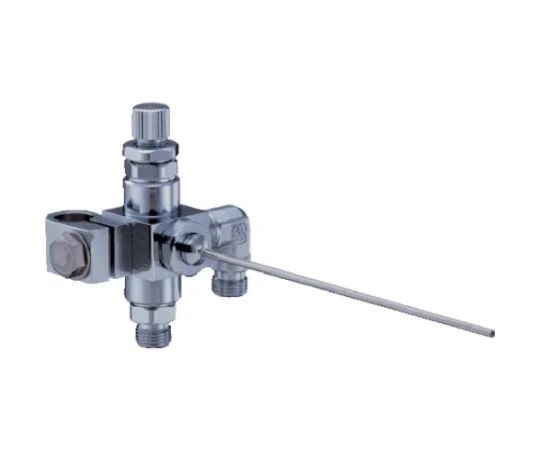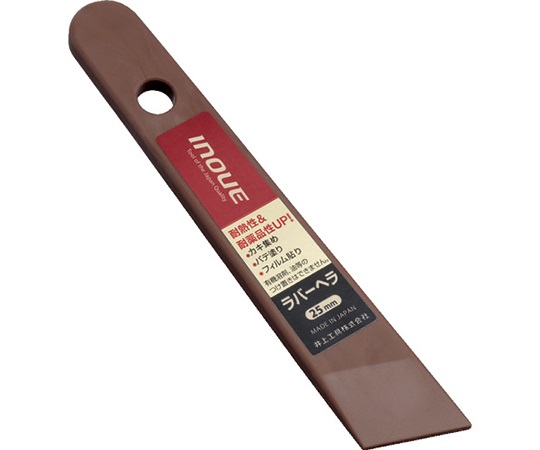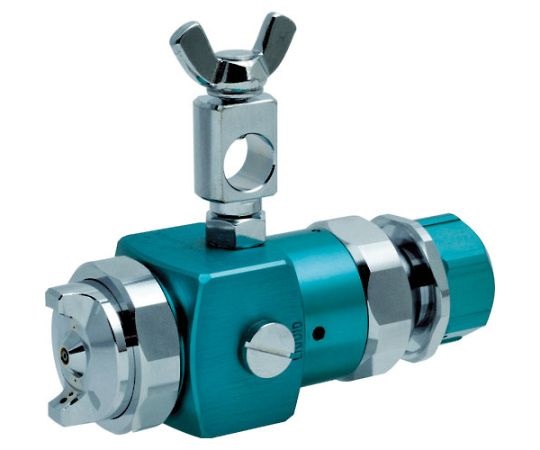
Fuso Seiki ST-6-1.3 Lumina Automatic Spray Gun (0 - 390mL/ min, G1/8, 1.3mm)
| Manufaturer: | Fuso Seiki |
| Model: | ST-6-1.3 |
*The above price is Standard Price, Kindly click on Request a quote to unlock the Best Price and Delivery Date. Our expert consulting team is always ready to assist you.
*Order Process: 1. Request a quote ⇒ 2. Quote via Email ⇒ 3. Proforma Invoice ⇒ 4. Payment ⇒ 5. Delivery and Invoice.
*We deliver to your doorstep under DAP terms. Customs clearance is for your account.

*You can't find the product you need, please send us the picture/specifications/model/product code and quantity you need to email: [email protected]. We will find it for you.
*Review us here: Review Now
Description
- This is a dual-purpose type that can blow both fine and coarse mist.
- Press oiling, release agent application, surface treatment, marking.
- Nozzle diameter (mm): 1.3
- Mounting port (air/liquid): G1/8
- Liquid ejection amount (ml/min): 0 to 390
- Pattern opening (mm): 420
- Maximum pattern opening (mm): 420
- Average particle size (μm): 43
- Particle size (μm): 43
- Uses two air hoses
- Atomizing air and piston operating air are separated
- Material/Finish: Body: Chrome-plated brass, Nozzle/Needle: Stainless steel (SUS303)
- Note: Calculations are based on maximum pattern opening and spray distance of 30 cm.
- The particle size is calculated at a spraying distance of 20 cm.
- Country of Origin: Japan
- Code number: 464-7785
-
1/ How the ST-6 series works (principles and variants)
- The ST series is a needle-and-nozzle type precision spray valve where the needle retracts to open the liquid path and the atomizing air shapes the spray pattern; the ST family offers multiple body styles, nozzle sizes, and liquid adjusters to suit varied applications.
- Two main control axes determine output: mechanical needle stroke (or actuator position) and atomizing/air pressure; liquid flow is a function of nozzle orifice, pressure differential, and liquid viscosity.
2/ Performance factors and how to interpret the 0 - 390 mL/min rating
- The published flow range 0 - 390 mL/min is a maximum theoretical range under manufacturer-referenced conditions; actual flow depends on liquid viscosity, supply pressure, needle opening, and any inline flow restrictions.
- For low-viscosity solvents near water-like viscosity, approaching the upper flow limit requires higher supply pressure and full needle opening; for high-viscosity fluids the achievable flow at the same pressure will be significantly lower.
- Use empirical bench tests (measured dispensed volume over time at set pressure and stroke) to map operating points for each fluid and setup; save those operating points for repeatability.
3/ Installation and piping best practices
- Thread connection: install with correct G1/8 sealing method (PTFE tape or compatible gasket) and torque to prevent leaks without deforming the valve body; avoid over-torquing which can stress the plated brass body.
- Air and liquid supplies: install dedicated filters and pressure regulators upstream. Use a 5 - 20 µm liquid filter and a coalescing/regulating air filter for atomizing air. Place an isolation valve and a purge/flush port on the liquid line for maintenance.
- Mounting: secure valve to a rigid bracket to avoid vibration; when using long nozzles or extensions verify alignment so the valve’s spray axis is perpendicular to the target. The ST series supports long-nozzle attachments for special geometries.
4/ Setup procedure and tuning steps
- Clean system and install a clean nozzle and needle.
- Set liquid supply pressure low and atomizing air to manufacturer-recommended start pressure (if available), then gradually increase.
- Open needle stroke incrementally until a stable spray pattern forms; for fine atomization favor higher atomizing air at smaller needle openings.
- Measure flow at each setting: dispense into a graduated container for a timed period and calculate mL/min. Record pressure, stroke, and measured flow for repeatability.
- Adjust atomizing air vs liquid stroke for the desired droplet size and pattern width; if pattern widens but droplets are coarse, increase atomizing air or reduce stroke.
5/ Maintenance, cleaning, and spare parts
- Clean immediately after color or material changes and at regular intervals: flush with a compatible solvent, then disassemble nozzle and needle for visual inspection and ultrasonic cleaning if required. Avoid hard metal brushes that deform the orifice.
- Inspect nozzle orifice and needle for wear, burrs, or deformation; replace nozzle/needle when orifice diameter changes or pattern degrades. Keep spare nozzles, needles, O-rings, and springs on hand to minimize downtime.
- Replace seals and O-rings when chemical compatibility is in doubt or when leaks occur; store valves with needle retracted and solvent-filled when idle long-term to prevent drying and caking.
6/ Troubleshooting: common problems and fixes
- Clogged nozzle or decreased flow: flush with solvent, remove and inspect nozzle; confirm upstream filter not blocked and supply pressure adequate.
- Irregular spray pattern or tailing: check needle seating for damage; inspect nozzle for partial blockage or eccentric wear; verify stable supply pressures and that atomizing air is clean and dry.
- Excessive overspray or misting: reduce atomizing air or increase needle opening for larger droplets; consider switching nozzle size if coverage needs change.
- Leaks at thread connection: replace sealing tape/gasket and re-torque to spec; replace worn O-rings.
- Flow lower than catalog spec: verify test conditions (pressure and viscosity) were equivalent to manufacturer’s; higher-viscosity fluids and pressure losses in tubing reduce flow.
7/ Measurement and validation recommendations
- Validate flow with timed gravimetric or volumetric collection for each fluid type and temperature. Record: liquid pressure, atomizing air pressure, needle stroke (or actuator displacement), nozzle ID, fluid viscosity and temperature.
- Measure particle size distribution using an appropriate spray analyzer if required for process control; catalog average particle size (e.g., ~43 µm) is a guideline, actual PSD varies with settings and fluid.
8/ Material compatibility, selection, and safety
- Material compatibility: standard nozzle/needle stainless steel (SUS303) and chrome-plated brass body suit many paints, oils, and solvents; for highly corrosive chemistries consult supplier for alternative materials or coatings.
- Safety: handle flammable solvents in ventilated areas, use grounding and bonding for static-sensitive coatings, and follow local regulations for solvent handling and waste disposal.
9/ Choosing accessories and system options
- Filters: 5 - 20 µm liquid filters recommended; consider in-line pressure gauges and flow meters for closed-loop monitoring.
- Actuation: integrate pneumatic or electric actuators for repeatable cycle control; control schemes can enable pulsed sprays, multi-shot dosing, or continuous operation per production need.
- Nozzle variants: the ST family supports multiple nozzle IDs and long-nozzle attachments to tune pattern width and reach.
10/ Practical tips for production reliability
- Keep a written changeover log with the exact operating pressures and stroke settings for each material and color.
- Implement a quick-change spare head module to reduce downtime during maintenance.
- Schedule preventive replacement intervals for nozzles and needles based on throughput rather than visual condition.

